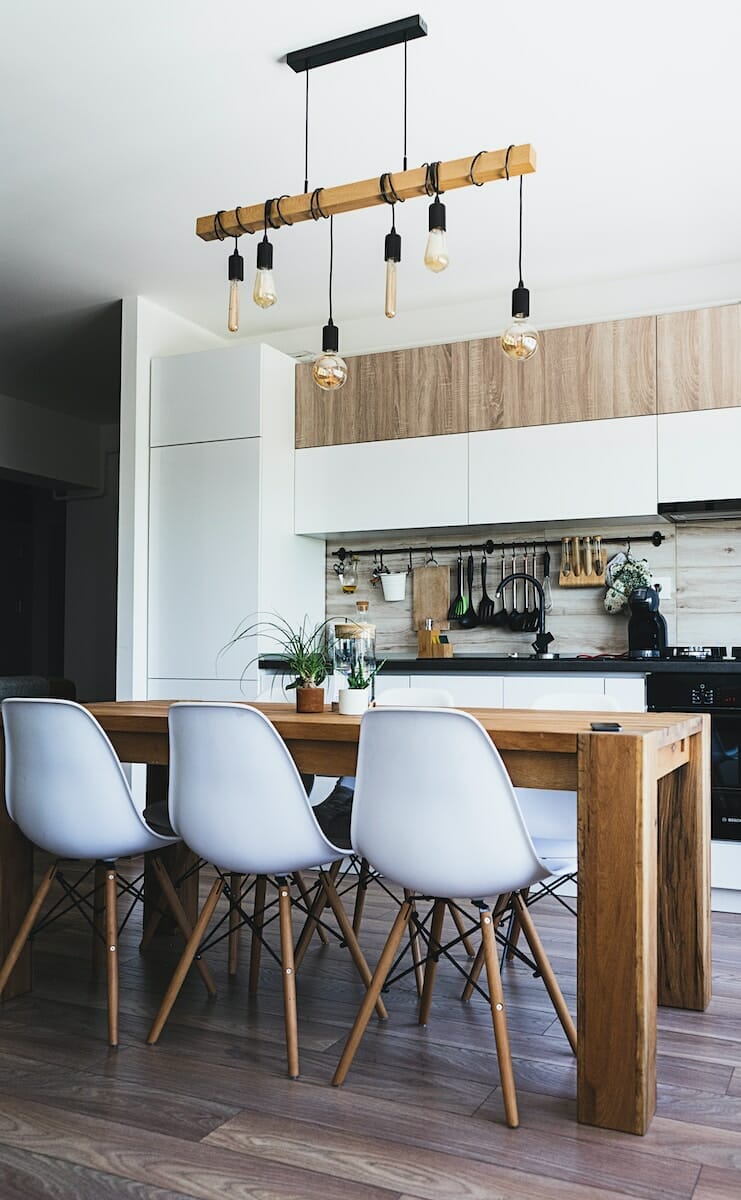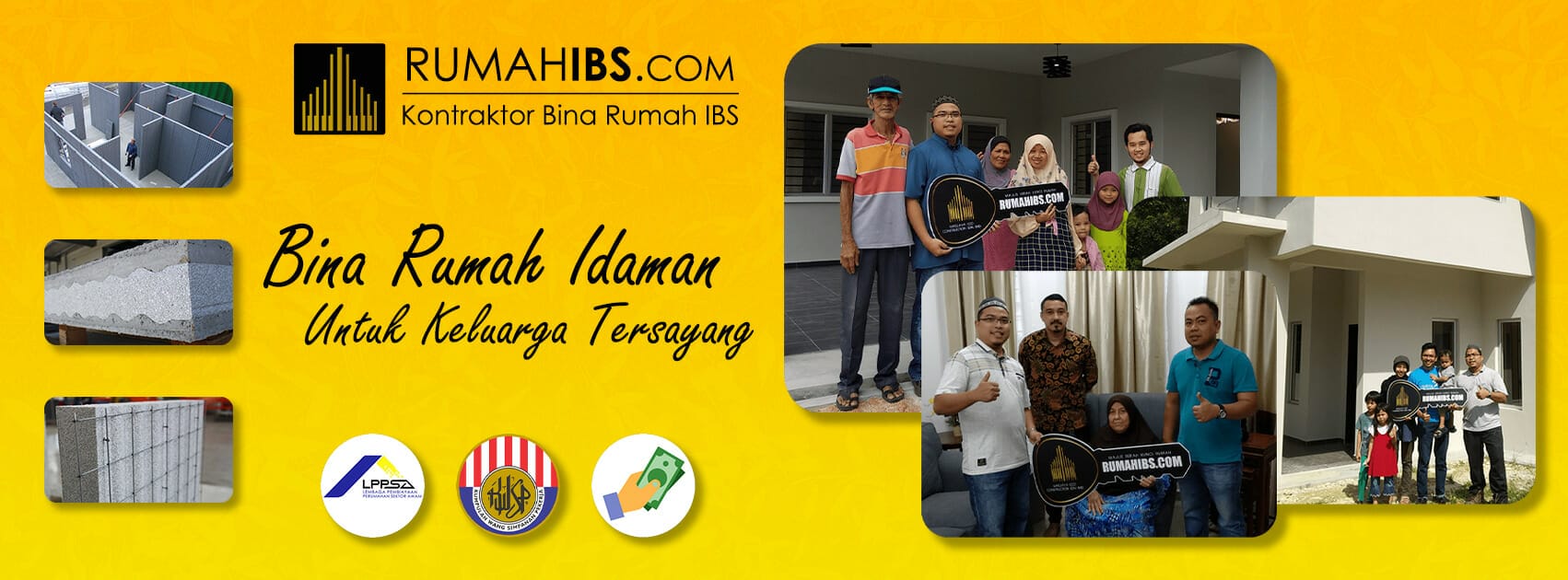- What are the pros and cons of prefab homes in Malaysia?
- Are prefab homes cheaper than traditional built homes in Malaysia?
- How long does it take to build a prefab home in Malaysia?
- What are the best prefab home companies in Malaysia?
- What is the cost per square foot for a prefab home in Malaysia?
- Are prefab homes energy efficient and green in Malaysia?
- What are the financing options for prefab homes in Malaysia?
- What are the limitations of prefab homes in Malaysia?
- How customizable are prefab homes in Malaysia?
- How durable and long-lasting are prefab homes compared to traditional homes in Malaysia?
1. Pros and Cons of Prefab Homes in Malaysia
Prefabricated, or prefab, homes have become an increasingly popular housing option in Malaysia in recent years. Here is an overview of some of the main pros and cons of prefab homes in the Malaysian context:
Pros
- Faster construction time: Prefab homes can be constructed much faster than traditional built homes, with some prefab companies promising completion in as little as 3 months. This is because up to 80% of the construction is done offsite in a factory.
- Lower cost: Prefab homes are generally 10-20% cheaper than comparable traditionally built homes in Malaysia. Savings come from shorter construction time, assembly line efficiency, bulk purchasing of materials, and minimal wastage.
- Customizable: Although prefab homes are mass produced, they can still be customized to suit individual tastes. Buyers can choose different layouts, finishes, fixtures etc.
- High quality: Prefab manufacturers utilize specialized equipment, stringent quality control and skilled workers to produce high quality homes. Components are precision engineered for easy assembly.
- Eco-friendly: Prefab homes require less energy, water and materials to construct compared to traditional homes. Their compact modular design also allows for passive solar techniques.
- Resistant to disasters: Prefab buildings are structurally stronger and more resistant to floods, earthquakes and storms due to integrated framing and robust connections.
Cons
- Limited customization: While prefab homes offer some flexibility in design, they are still restricted in terms of layout changes and extensive customization.
- Limited size and design options: Prefab homes in Malaysia tend to be smaller in size, ranging from 500 sqft to 3000 sqft. Unique or avant-garde designs are difficult to achieve.
- Permits and regulations: Prefab homes need to comply with local council rules regarding size, height, appearance etc. Getting the required permits can be challenging in some areas.
- Transportation logistics: Transporting large prefabricated modules requires special trucks and can be obstructed by narrow roads, low bridges, power lines etc.
- Site preparation: The assembly site needs extensive preparation, including leveling, foundation and access for cranes and trucks to install the modules.
- Resale value: While improving, prefab homes may still have lower resale value compared to traditional homes. Banks may also be more hesitant to provide mortgages.
In summary, prefab homes offer faster construction, lower costs and eco-friendly features, but involve some limitations in terms of customization, size and unique designs. Overall, they present an affordable and quality housing solution for many Malaysians.
2. Are Prefab Homes Cheaper Than Traditional Built Homes in Malaysia?
Prefabricated homes have become an increasingly popular option among homebuyers in Malaysia looking for affordable housing. But are prefab homes actually cheaper than traditionally built homes?The short answer is yes, prefab homes tend to be 10-20% cheaper on average compared to equivalent site-built houses in Malaysia. Here are some of the main factors that contribute to the lower costs of prefab homes:
- Construction efficiency: Prefab homes are constructed in a factory using assembly line techniques and machinery, which reduces labor costs and material wastage. Components are mass produced and benefit from economies of scale.
- Shorter construction time: As the bulk of construction is done offsite, prefab homes can be installed and finished much faster, often within 3-6 months. This saves significantly on financing costs.
- Simpler foundation: Prefab houses require only a simple flat concrete pad or strip foundation, unlike traditional homes which need large excavations and complex foundations.
- Standardized design: Prefab manufacturers utilize standardized home designs which have been engineered for structural integrity and optimal material usage. Customization is limited.
- Bulk purchasing: Prefab companies buy materials like lumber, siding, windows etc. in bulk directly from manufacturers at discounted wholesale rates.
- Minimal waste: Prefab construction generates up to 90% less waste since components are pre-cut and assembled in a controlled factory environment.
- Lower energy costs: Prefab homes are designed to be energy efficient, with some companies offering net zero energy options. This reduces monthly power bills.
- Developer discounts: Some prefab companies have partnerships with developers and can offer additional discounts for bulk purchases of multiple units.
However, it should be noted that there are still some exceptions where a traditional custom-built home may cost less, especially at the luxury end of the market. Land acquisition costs are also the same for both prefab and traditional homes.Overall, when comparing like-for-like models, prefabricated homes offer savings of 10-20% on construction costs in Malaysia due to their construction efficiency, simplicity and standardization. This makes them an affordable housing option for many buyers.





